19 Airlines Most Likely to Cancel Your Flight (And How to Avoid Them)
In today’s travel landscape, booking a flight isn’t just about where you’re going—it’s about whether you’ll get there at all. Flight cancellations have become maddeningly common, thanks to crew shortages, outdated aircraft, weather disruptions, and overambitious scheduling. But while every airline has bad days, some are repeat offenders. That’s why we’ve expanded our list to the 19 Airlines Most Likely to Cancel Your Flight (And How to Avoid Them)—a data-backed breakdown of the worst culprits, plus insider tips to help you stay one step ahead. From choosing better routes to knowing what times to fly, this isn’t just a warning—it’s your boarding pass to smarter travel. Because no one books a trip hoping to sleep on an airport floor. Read on to find out which carriers are most likely to ruin your plans—and how to make sure your seat doesn’t vanish before takeoff.
1. American Airlines – Weather and Workforce Woes
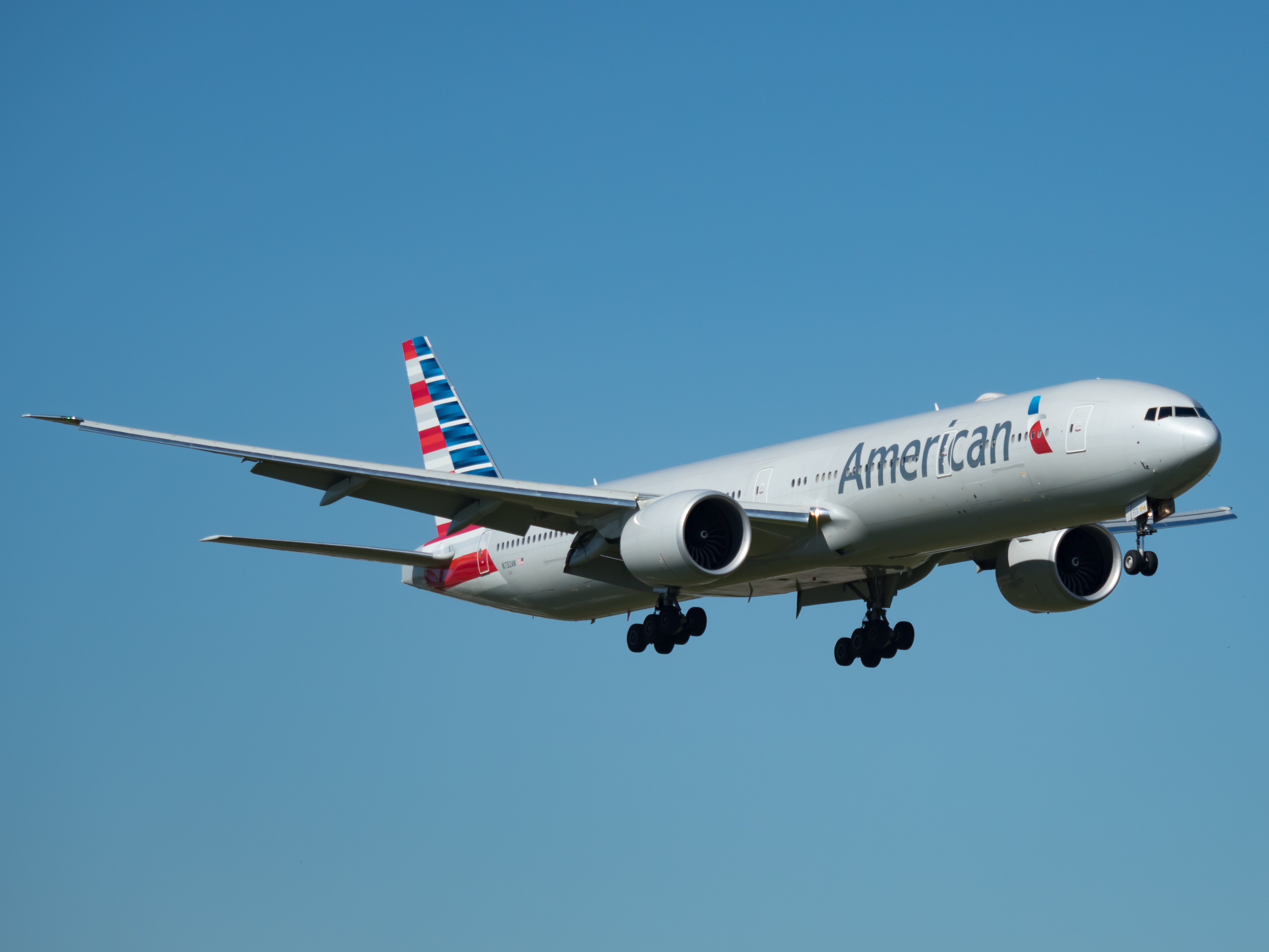
American Airlines frequently faces cancellations due to its extensive network and hub locations in weather-prone areas like Dallas and Chicago. Seasonal storms and sudden weather changes are common culprits. Additionally, workforce management issues, including pilot and crew shortages, have exacerbated the problem. Despite efforts to improve scheduling and staffing, these challenges persist. Travelers flying with American Airlines should keep an eye on weather forecasts and consider flexible travel plans to mitigate potential disruptions.
2. Southwest Airlines – Operational Challenges
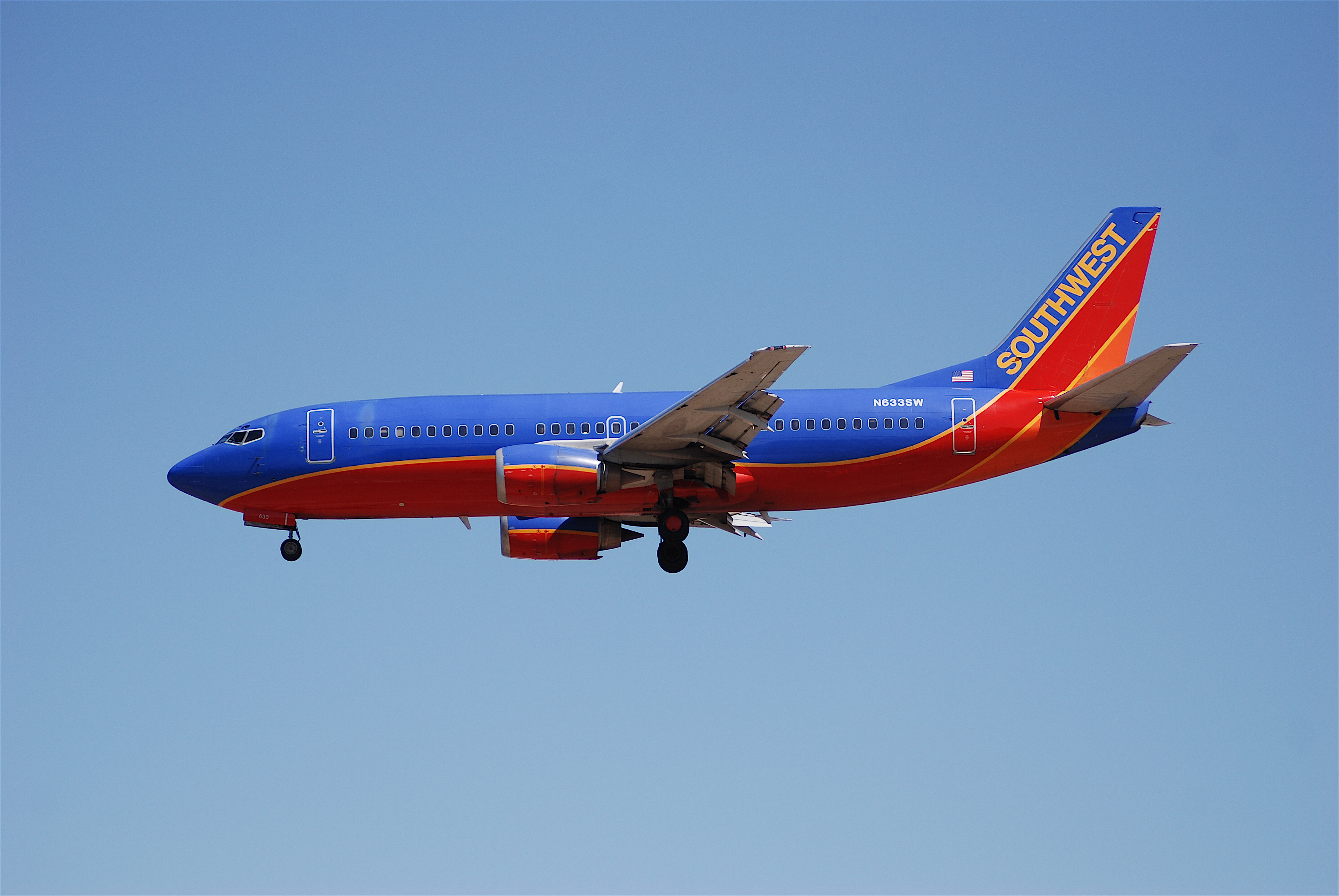
Southwest Airlines, known for its low-cost fares and no-frills service, has experienced a significant number of cancellations due to operational challenges. The airline's point-to-point service model, while efficient, can lead to cascading delays and cancellations if a single flight is disrupted. This ripple effect is often compounded by the airline's tight turnaround times. Passengers can reduce their risk by opting for flights earlier in the day when operations are typically smoother and delays are less likely to accumulate.
3. Delta Air Lines – Balancing Growth and Reliability
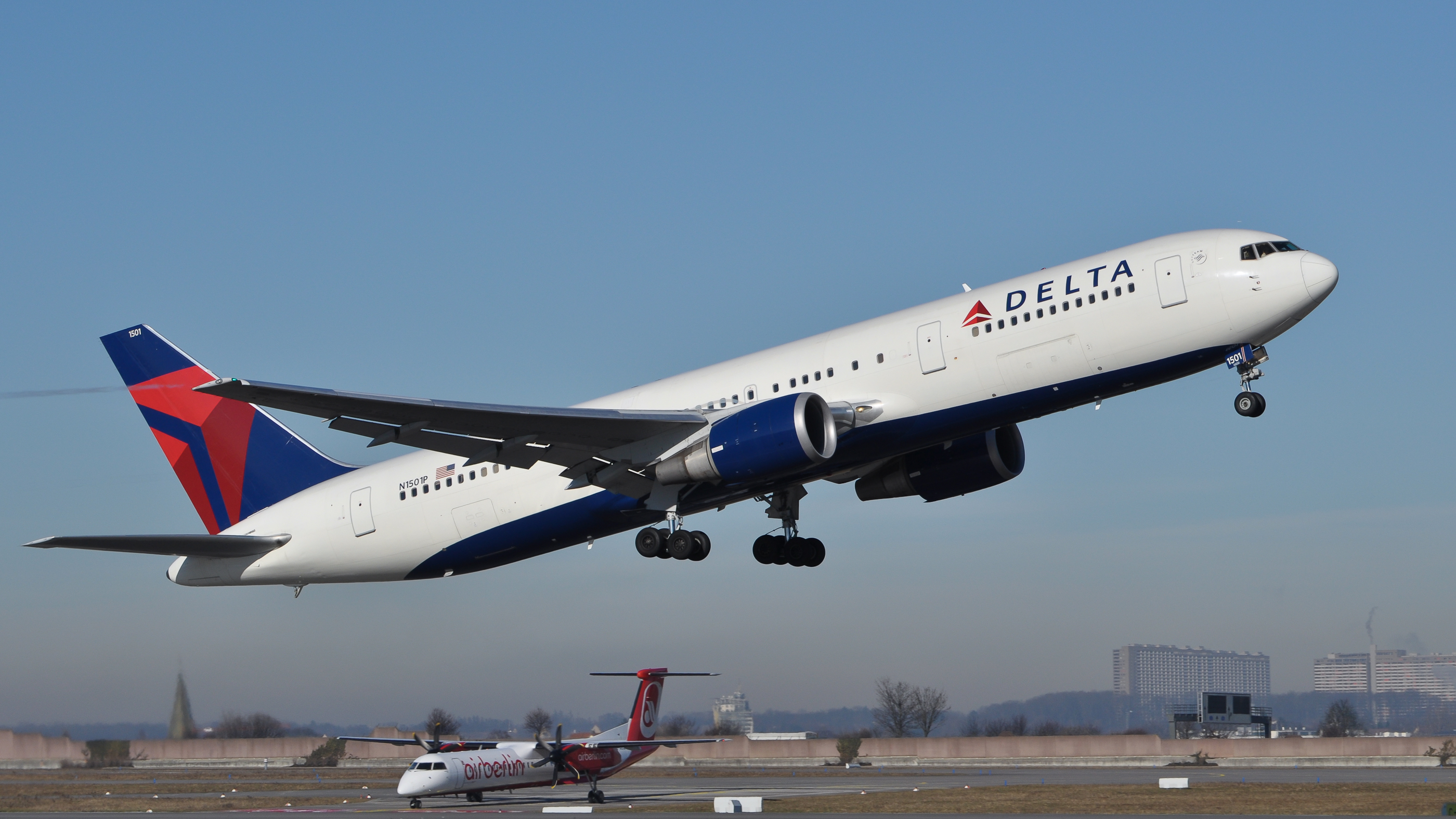
Delta Air Lines, while generally reliable, has faced cancellations as it strives to balance aggressive growth with operational reliability. The airline's expansion into new markets and routes sometimes stretches its resources thin, leading to occasional disruptions. Delta's investment in technology and customer service aims to mitigate these issues, but travelers should still remain vigilant. Booking directly with the airline and using its app can provide real-time updates and alternative options in the event of a cancellation.
4. United Airlines – Infrastructure and IT Issues
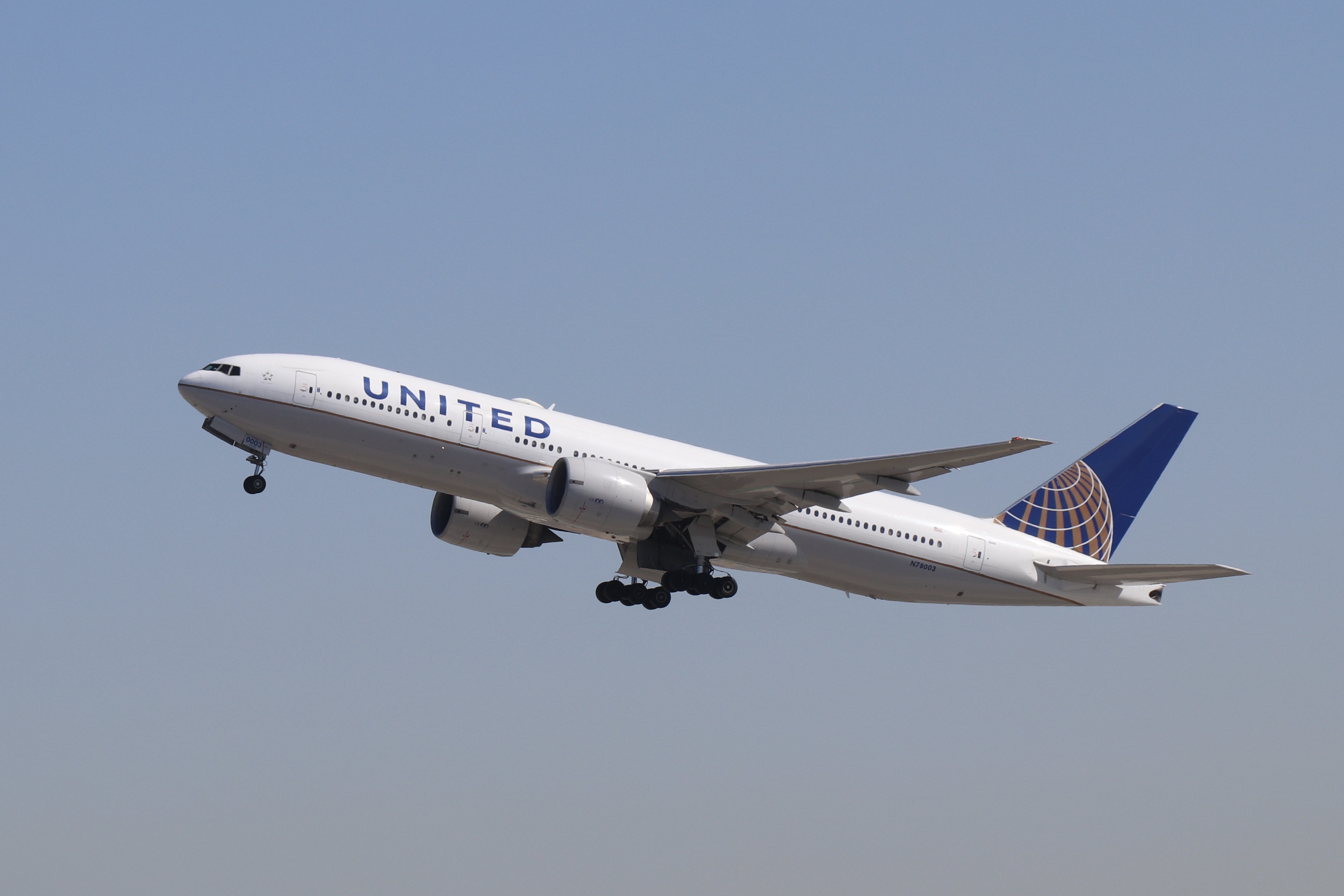
United Airlines' cancellations are often linked to infrastructure challenges and IT system failures. The airline's hubs are located in major metropolitan areas, where congestion and infrastructure limitations can lead to delays and cancellations. Additionally, United has faced several high-profile IT outages that have disrupted operations. Travelers are advised to check flight status frequently and consider travel insurance that covers cancellations due to technical issues, providing peace of mind in case of unexpected disruptions.
5. Spirit Airlines – Cost Efficiency at a Cost
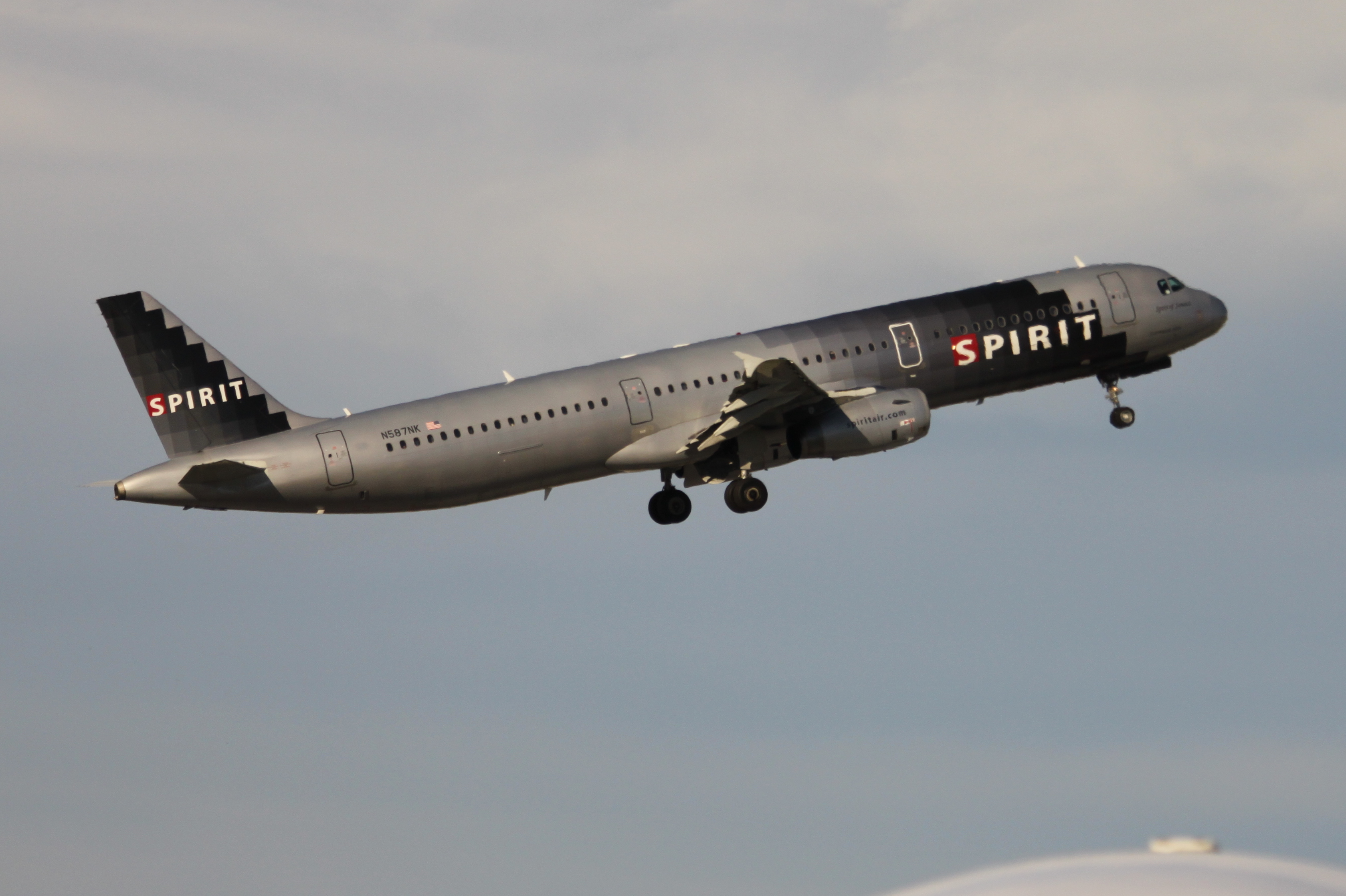
Spirit Airlines, a budget carrier, is notorious for its high cancellation rates as a result of its cost-cutting measures. The airline operates with minimal spare aircraft and crew, leaving little room for error when disruptions occur. While the low fares are attractive, passengers should be aware of the trade-offs. Building extra time into travel itineraries and purchasing refundable tickets can help mitigate the impact of potential cancellations, ensuring a more flexible travel experience.
6. JetBlue Airways – Weather and Infrastructure Hurdles
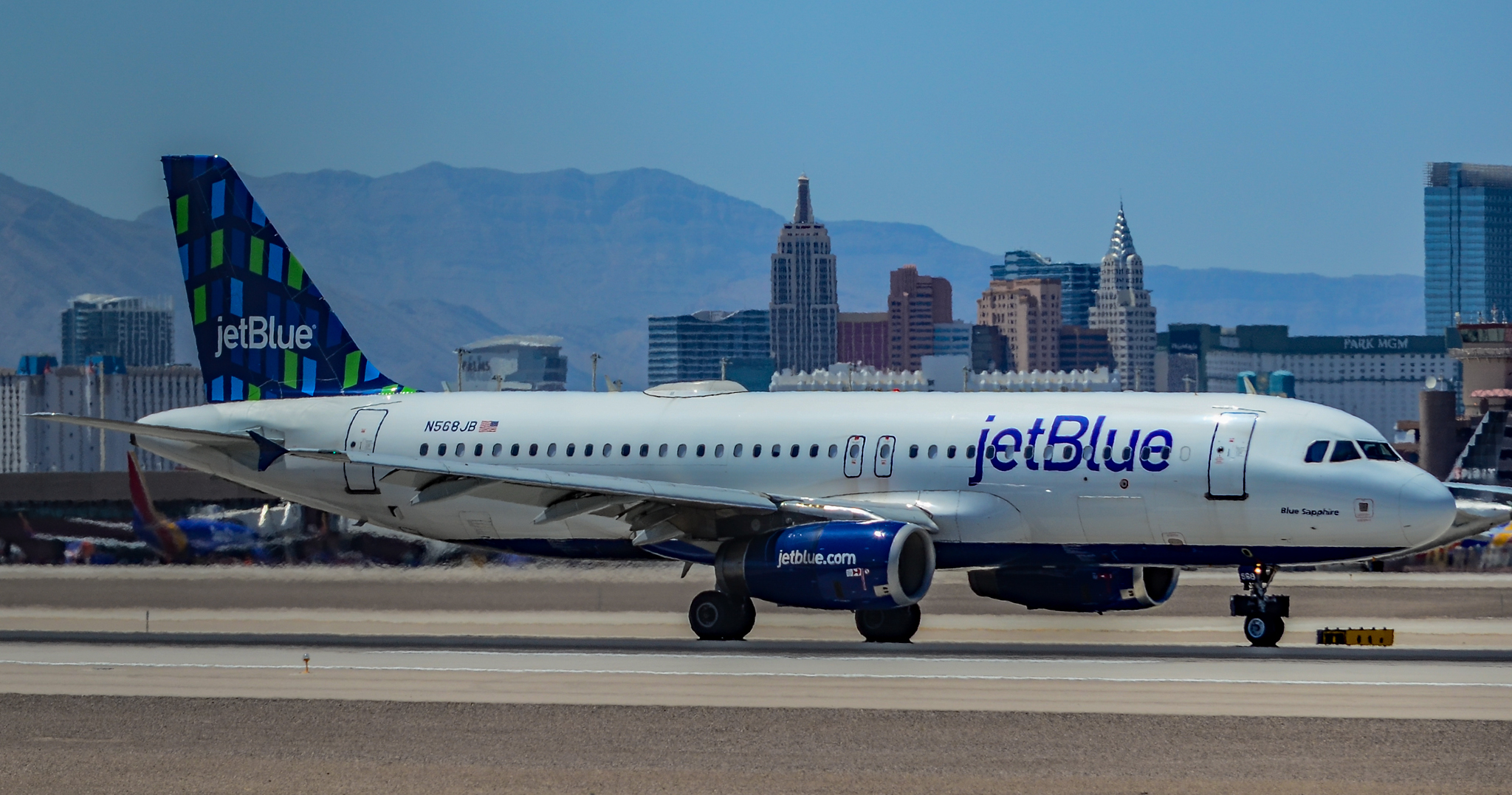
JetBlue Airways, with a focus on customer service, faces cancellations primarily due to weather and infrastructure issues, particularly in its New York City hub. The airline's operations are heavily impacted by the region's notorious weather patterns and congested airspace. Despite its best efforts to maintain reliability, these factors remain challenging. Travelers can benefit from monitoring weather conditions and opting for flights from alternative airports when possible to avoid the brunt of disruptions.
7. Frontier Airlines – Lean Operations and High Risks
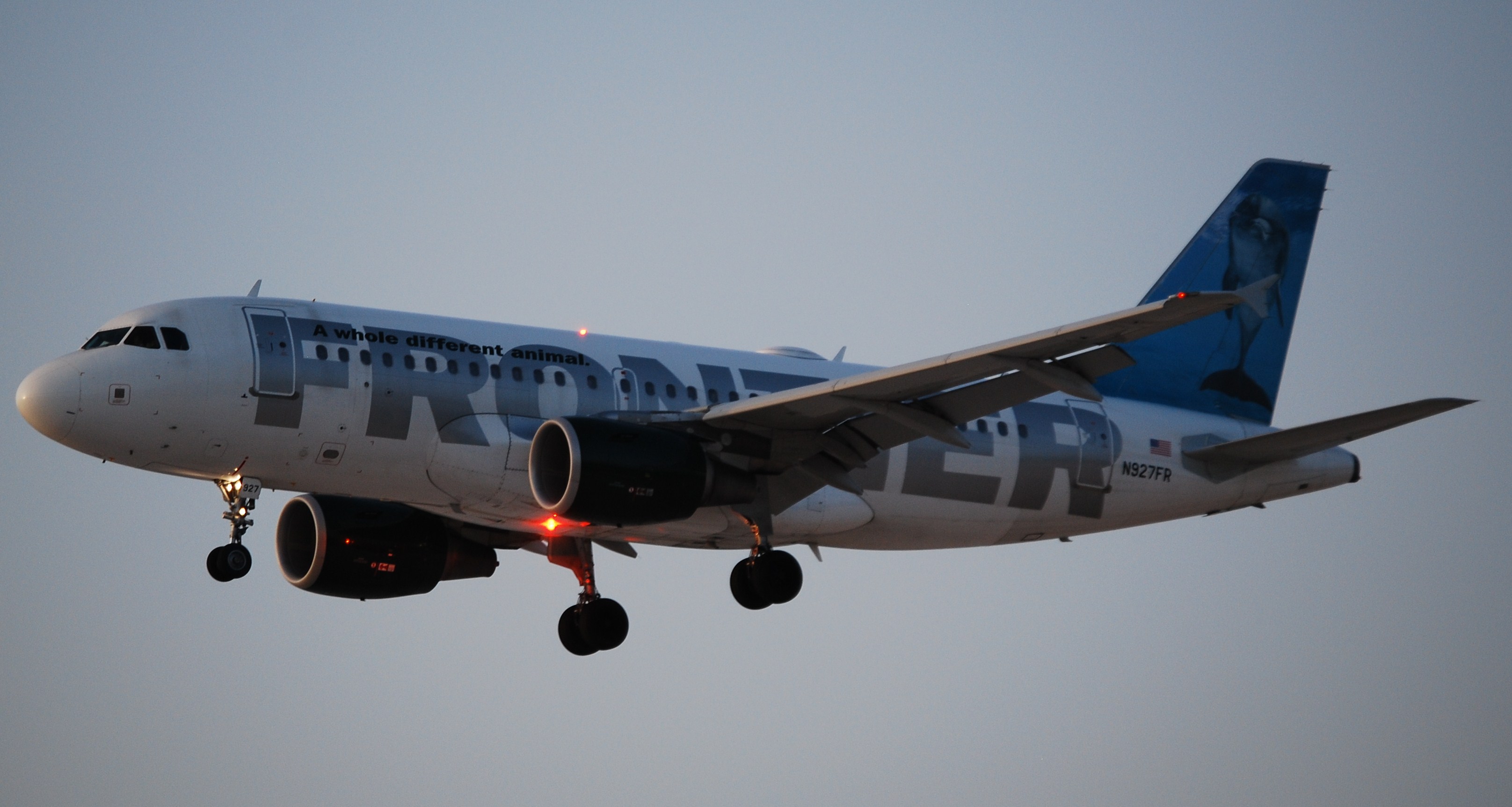
Frontier Airlines, another low-cost carrier, operates with a lean business model that increases susceptibility to cancellations. The airline's limited fleet size means that mechanical issues or staff shortages can quickly lead to flight disruptions. Passengers flying with Frontier should consider booking directly through the airline to receive timely notifications and updates. Additionally, having a backup plan, such as alternative transportation options, can provide a safety net in case of cancellations.
8. Alaska Airlines – Navigating Weather Extremes
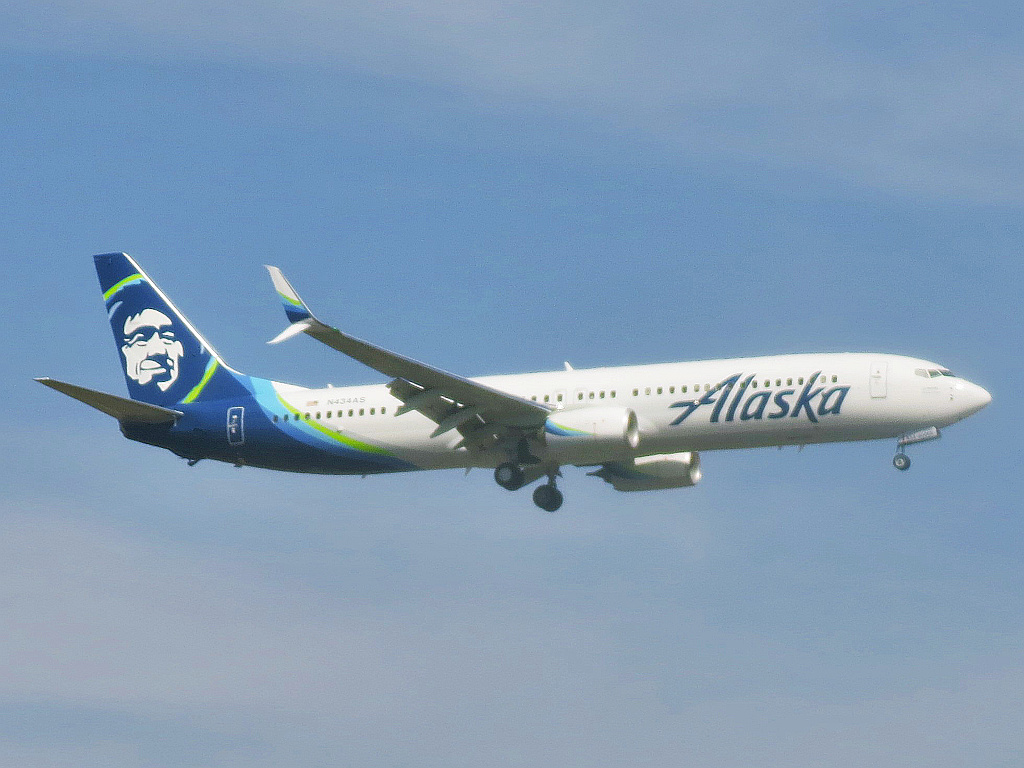
Alaska Airlines, with its extensive routes in the Pacific Northwest and Alaska, often contends with extreme weather conditions that lead to cancellations. Snowstorms, fog, and other weather phenomena can severely impact flight schedules. The airline has invested in robust de-icing and weather monitoring technologies to mitigate these effects. Travelers should remain flexible with their travel dates and consider purchasing travel insurance that covers weather-related cancellations to safeguard their plans.
9. Allegiant Air – Limited Flexibility and High Cancellations
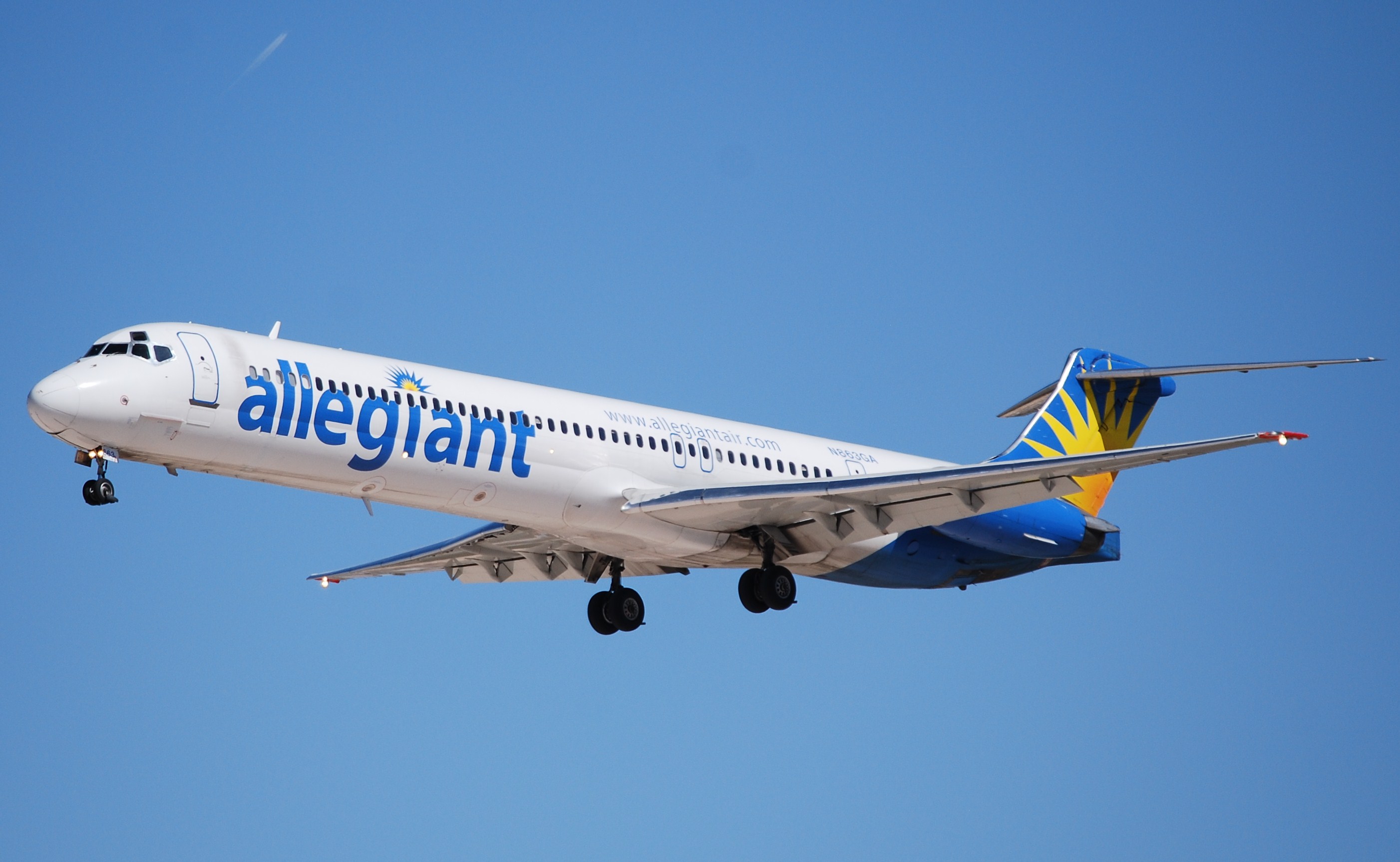
Allegiant Air, known for its low-cost, leisure-focused flights, experiences high cancellation rates due to its limited flight schedule and fleet size. The airline's strategy of operating fewer flights with less frequent service leaves little room for recovery when disruptions occur. Passengers are encouraged to book flights with ample time before important events and to explore refundable options or travel insurance to ensure their travel plans are protected against unexpected cancellations.
10. Air Canada – Delay-Prone Cross-Border Hubs
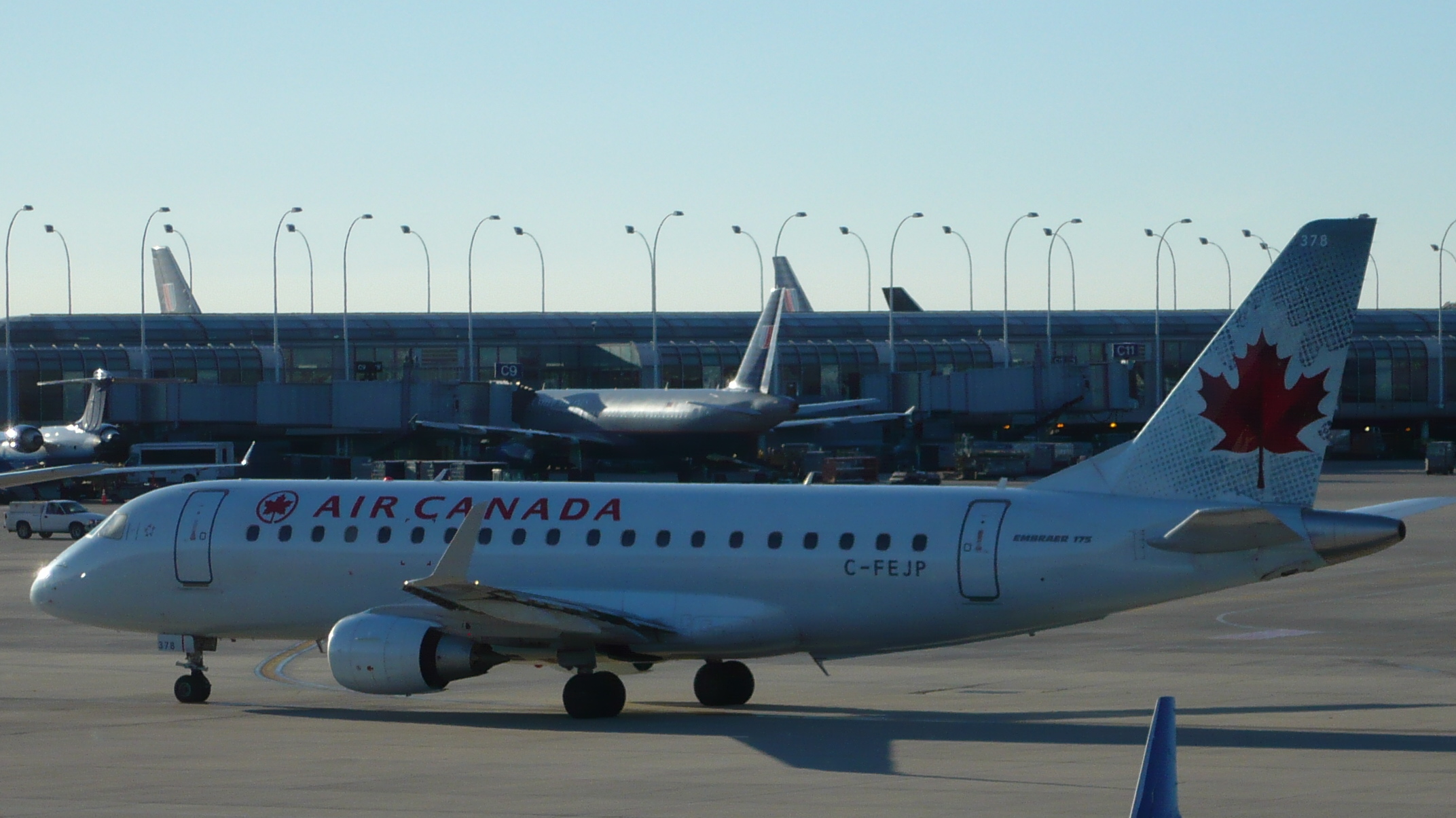
Air Canada’s reputation for cancellations stems largely from its congested hub cities—Toronto and Montreal—where weather delays and customs bottlenecks often derail schedules. Add in cross-border complexities and outdated airport infrastructure, and the odds of a smooth trip start to drop. During peak travel periods, flight disruptions are especially common. If flying Air Canada, opt for nonstop routes when possible and consider early morning departures to minimize exposure to the day's cumulative delays. Enrolling in the airline’s alerts system and having backup transportation plans can also help reduce travel-day stress.
11. British Airways – Legacy Systems Meet Modern Headaches
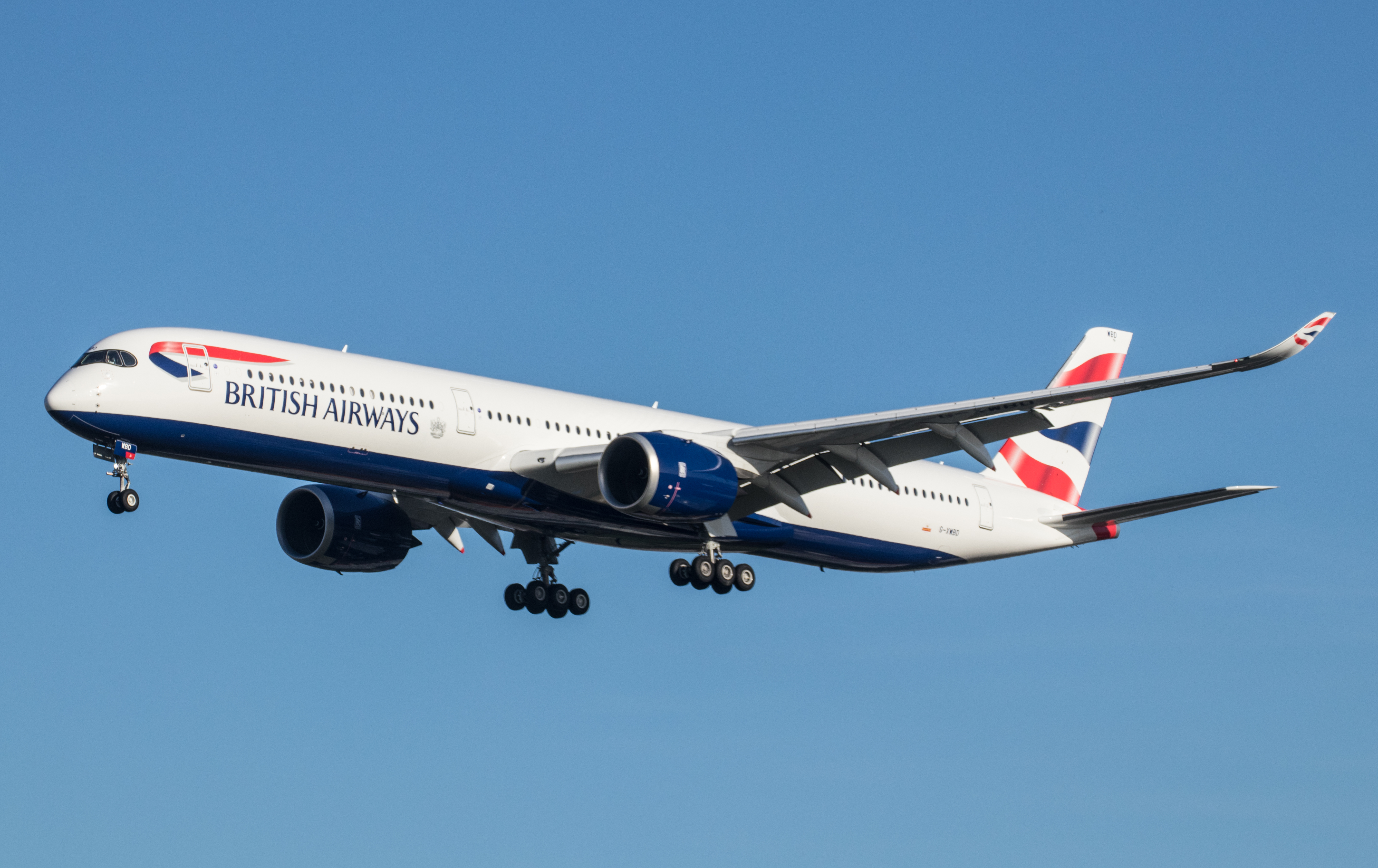
British Airways combines prestige with growing pains. While it’s a flagship carrier, BA struggles with legacy IT systems that have led to multiple system-wide meltdowns and canceled flights over the years. When paired with staff strikes and unpredictable Heathrow congestion, reliability takes a hit. International travelers relying on tight layovers should beware. Booking through travel platforms that offer rebooking support—and avoiding back-to-back connections—can help protect your plans when flying with BA, especially during high-season travel in Europe.
12. WestJet – Regional Exposure and Staff Gaps
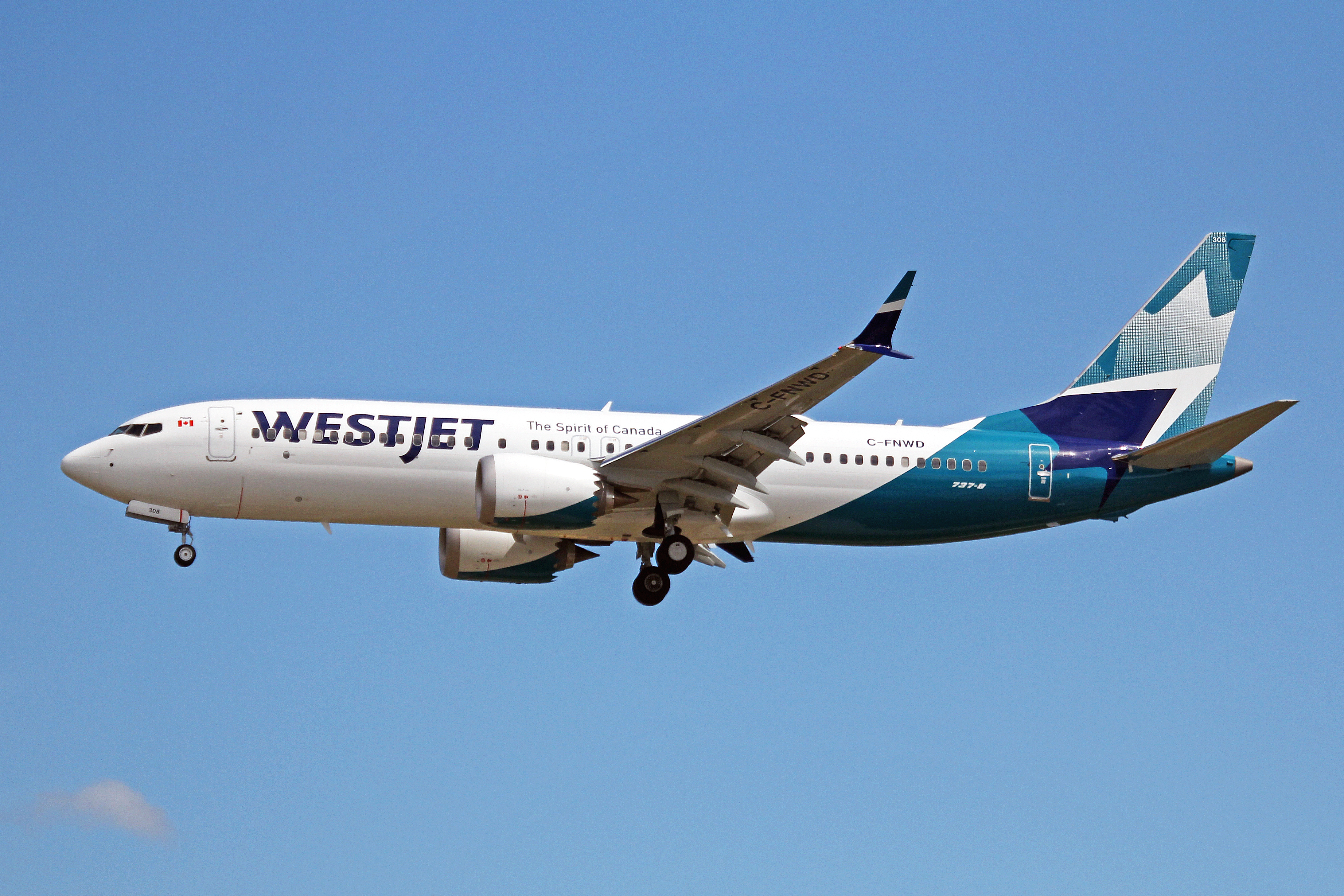
WestJet’s affordable fares make it appealing, but its operational reliability has taken a hit due to pilot shortages and overextended route expansions, especially in Western Canada. Regional routes are more vulnerable to weather, and staffing gaps can quickly escalate into mass cancellations. The airline is working to stabilize its network, but travelers should keep itineraries flexible and monitor strike news or service alerts. If you're flying to or from smaller airports, double-check alternative options and avoid booking critical connections too close together.
13. Lufthansa – Strikes and System Shocks
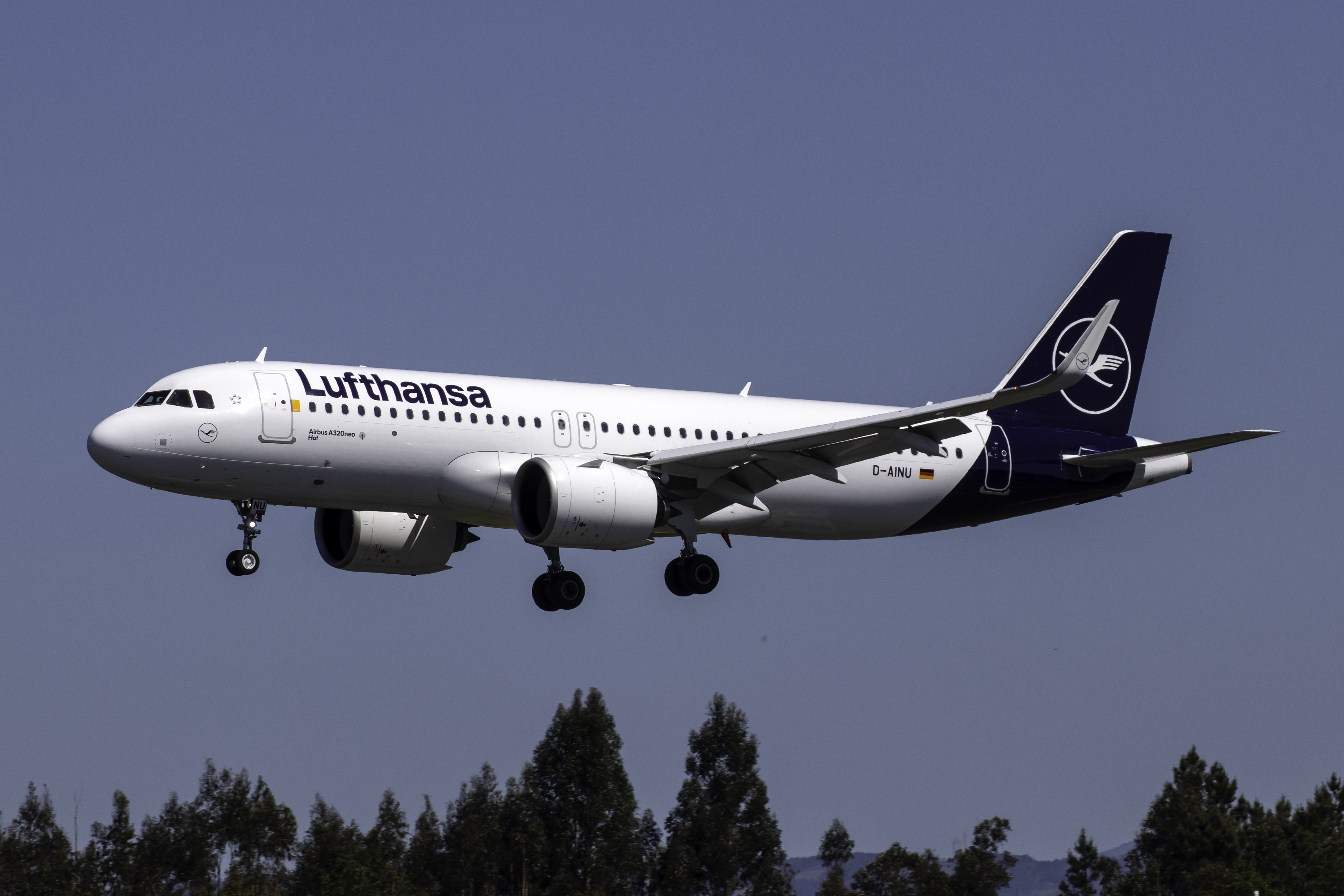
Despite its reputation for precision, Lufthansa has become increasingly prone to cancellations thanks to widespread labor disputes and airport-related disruptions across Germany. Strikes affecting pilots, ground crew, and even air traffic controllers have led to thousands of scrapped flights over the past few years. When flying Lufthansa, especially out of Frankfurt or Munich, consider padding your schedule with extra time and exploring flexible ticket options. Also, keep an eye on European labor union announcements before you travel—they can forecast cancellations before the airline even updates your itinerary.
14. Aeroméxico – Weather and Tight Turnarounds
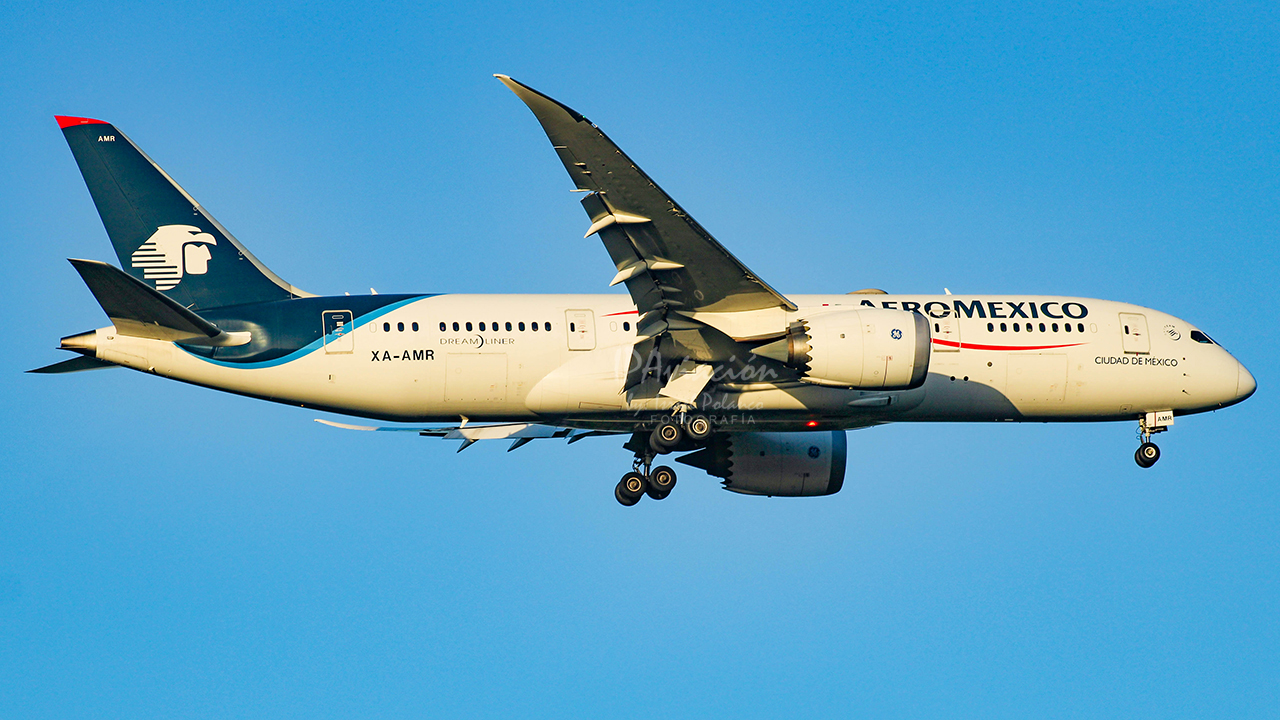
Aeroméxico frequently experiences cancellations due to weather impacts in major hubs like Mexico City, which sits at a high elevation and often sees sudden storms and low visibility. Add in tight turnarounds and limited backup aircraft, and even minor disruptions can lead to cancellations. The airline is otherwise known for solid service, but logistical setbacks persist. To avoid headaches, travelers should opt for nonstop flights when possible and steer clear of connecting through MEX during peak afternoon hours, when thunderstorms and air traffic congestion are most common.
15. Hawaiian Airlines – Island Weather and Aircraft Constraints
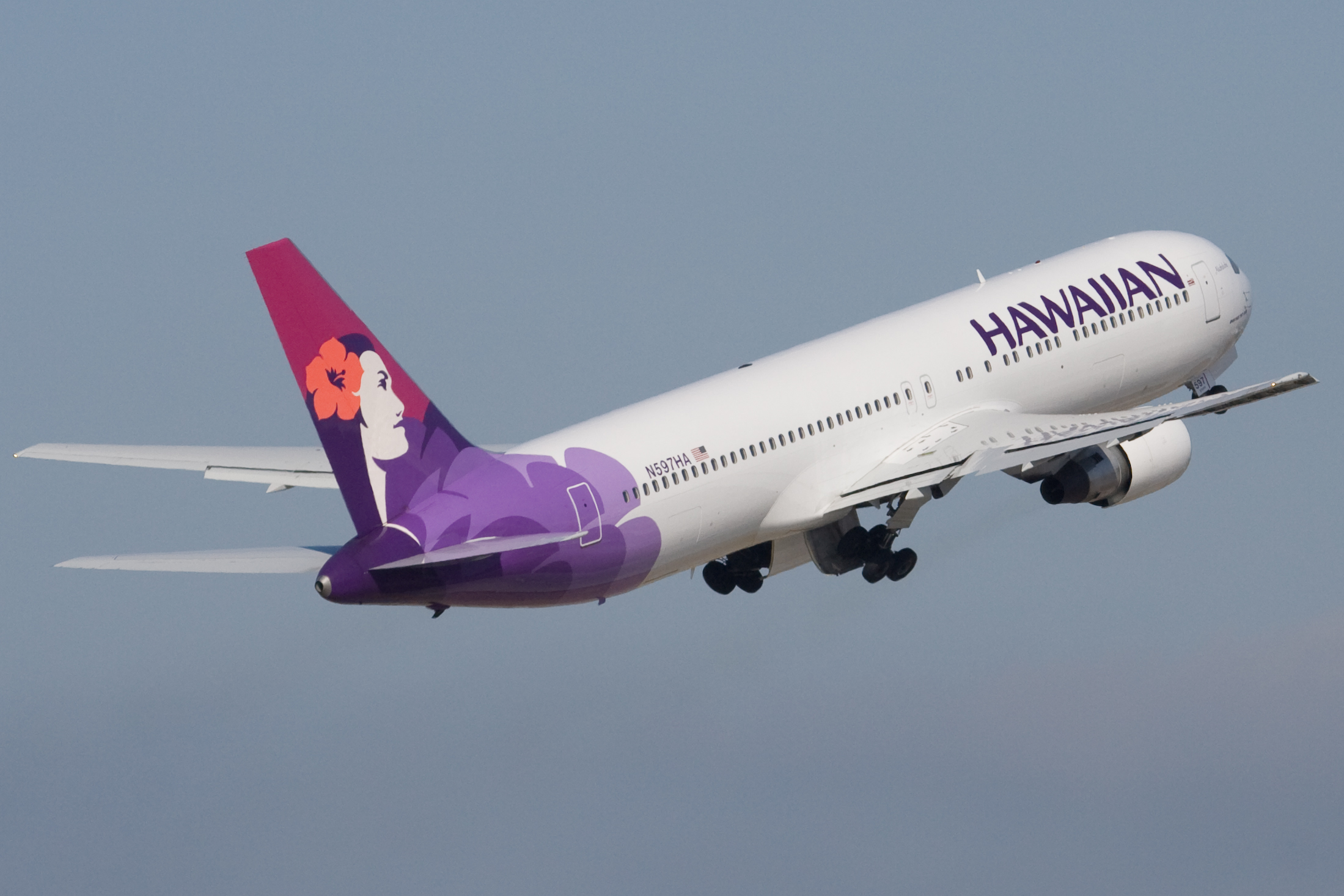
While Hawaiian Airlines offers scenic getaways, the beauty of island hopping comes with logistical hurdles. Tropical storms, trade winds, and limited alternate airports can all lead to cancellations—especially on inter-island or regional routes. Plus, Hawaiian’s small long-haul fleet leaves little room for recovery when aircraft go out of service. Travelers headed to paradise should build buffer days into their itinerary and avoid last flights of the day. Booking earlier departures and checking weather forecasts during hurricane season (June–November) can make the difference between a dream trip and a delayed departure.
16. TAP Air Portugal – Tight Schedules and Transit Chaos
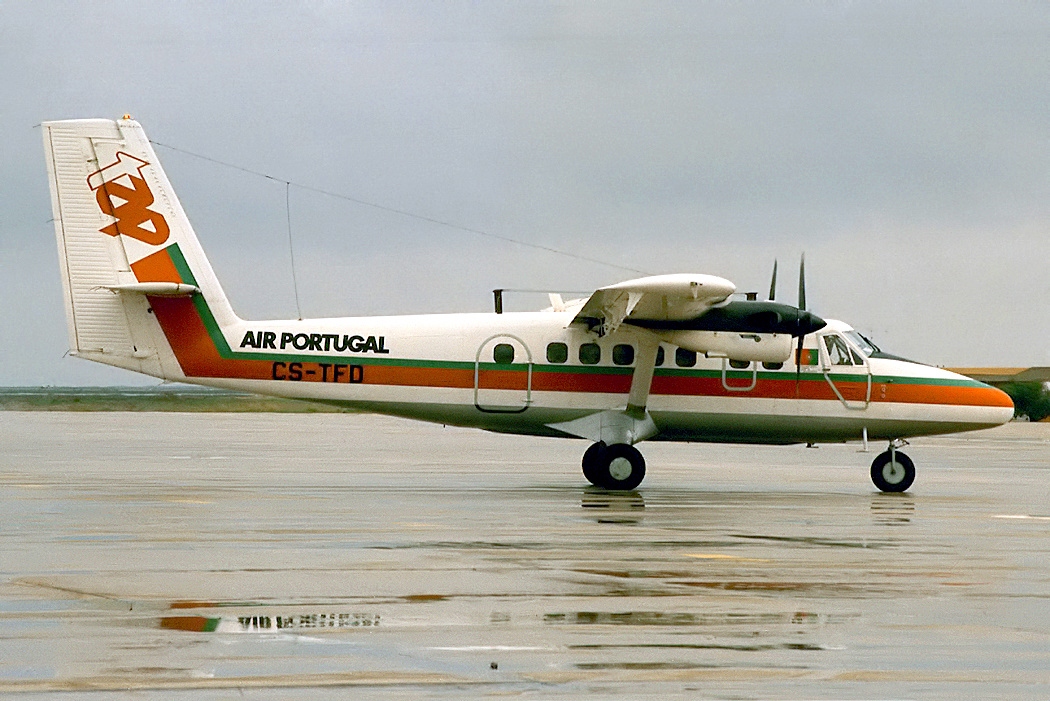
TAP’s aggressive scheduling through Lisbon—a hub notorious for congestion—makes it especially vulnerable to delays and cancellations. A short layover window paired with high traffic volume often snowballs into missed connections or last-minute scrapped flights. Add frequent strikes across the EU, and reliability starts to dip. If you’re flying TAP, avoid connecting itineraries under two hours and check the strike calendar before booking. Opting for nonstop options (where available) and using the TAP app for real-time updates can save you from a mid-trip scramble.
17. Vueling Airlines – Budget Carrier, Unpredictable Performance
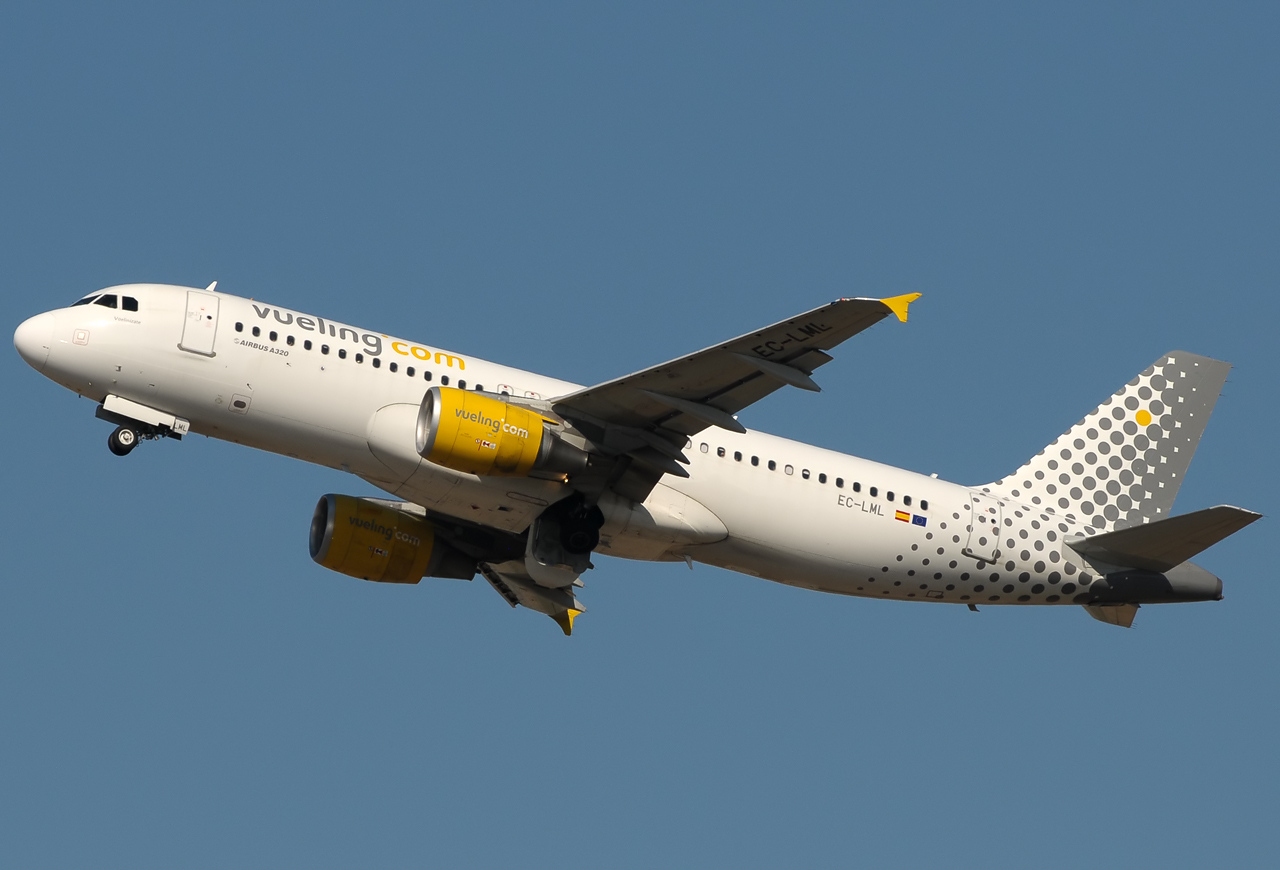
As a low-cost carrier based in Spain, Vueling is infamous for last-minute cancellations, especially during peak summer months and holiday rushes. Operational issues and limited staff flexibility mean even small disruptions (weather, staff illness, etc.) can spiral into major delays. Since Vueling often doesn’t offer immediate rebooking on other airlines, travelers can get stuck for hours—or days. Choose earlier flights when schedules are fresher, and avoid routes with just one daily departure. If possible, spring for flexible fare classes to give yourself more leverage if things go south.
18. ITA Airways – New Name, Old Problems
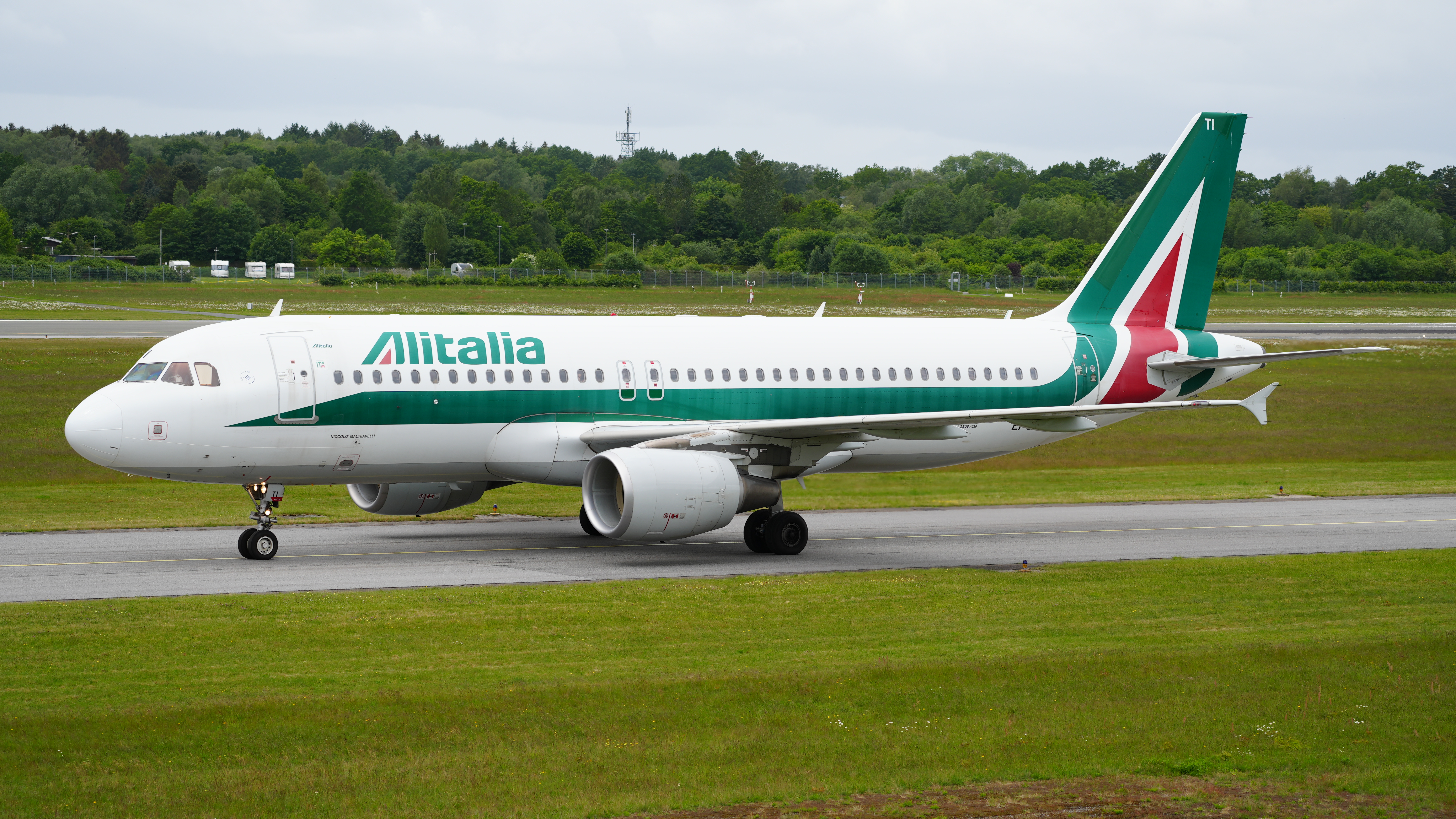
Italy’s flagship successor to Alitalia, ITA Airways inherited more than just aircraft—it also absorbed long-standing issues with reliability. Though it’s improving, the airline still struggles with staffing gaps, inconsistent schedules, and airport inefficiencies at its Rome and Milan hubs. Frequent flyers note a lack of clear communication around delays and cancellations. If booking ITA, consider padding your itinerary by at least a few hours and downloading a reliable third-party flight tracker for backup alerts. Avoid short layovers in FCO or MXP unless absolutely necessary.
19. IndiGo – Volume Overload Meets Limited Resilience
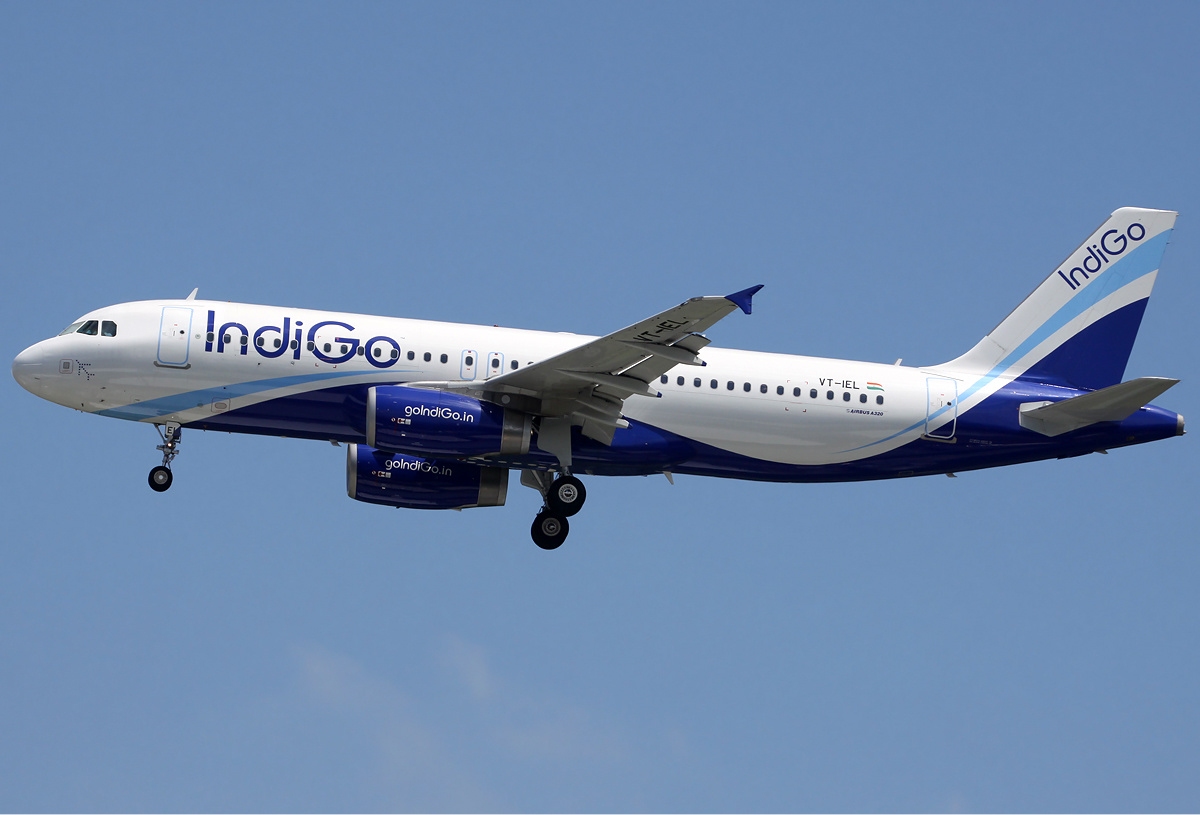
India’s largest airline, IndiGo moves millions of passengers annually—but that high volume comes with risk. Rapid expansion has outpaced infrastructure improvements at key airports, and the airline’s tight fleet utilization means any mechanical issue or ATC delay can cause cascading cancellations. Monsoon season adds another layer of unpredictability. To minimize risk, fly early in the day, avoid flights during peak festival seasons, and use the airline’s app for live updates. Also consider booking directly—customer service is notoriously better for direct bookings versus third-party platforms.
Cleared for Takeoff—Now Fly Smarter
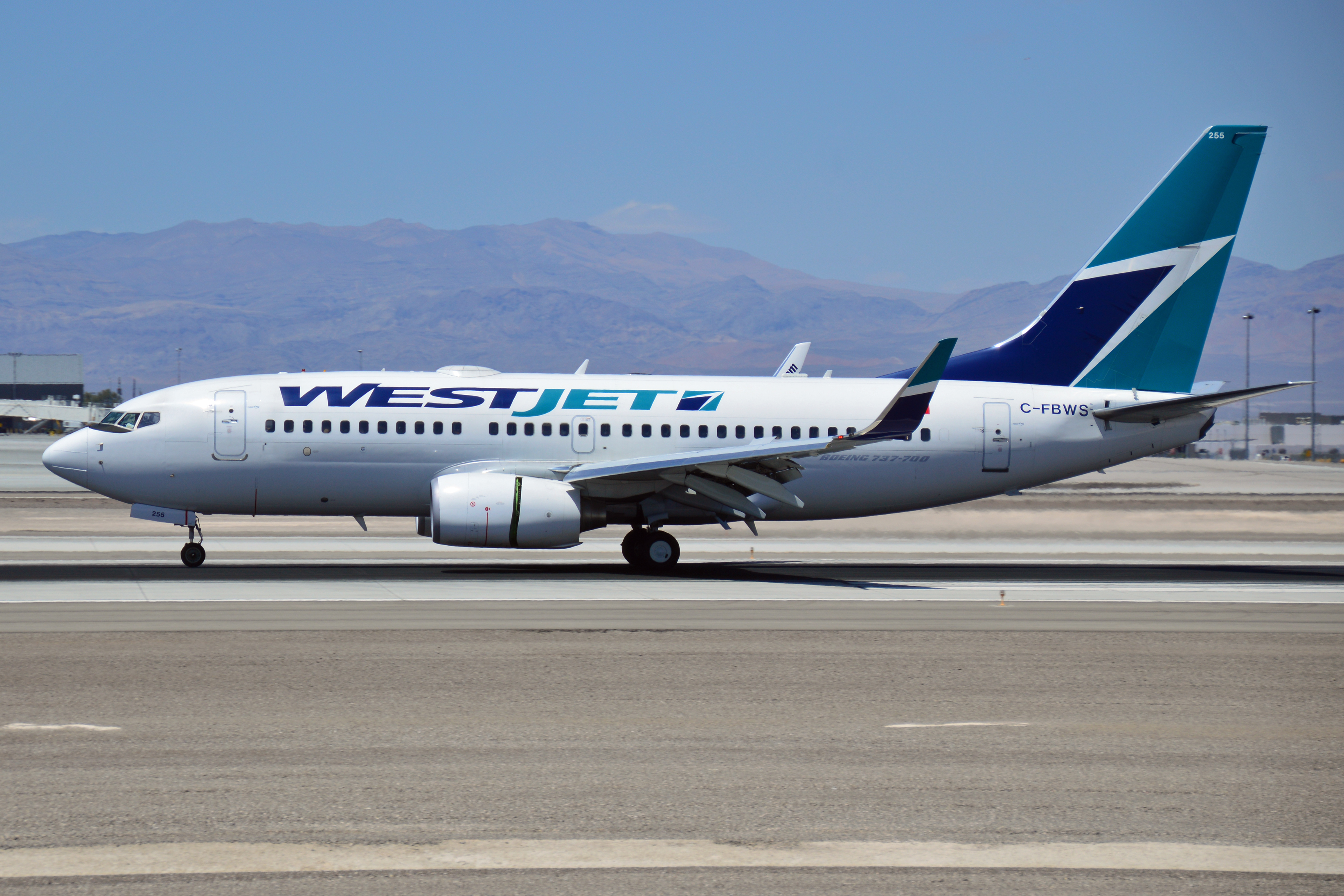
Flight cancellations may feel like bad luck, but more often than not, they’re predictable—and preventable. The 19 airlines on this list aren’t just names; they’re patterns. From underfunded fleets to weather-prone hubs and labor unrest, each has its own Achilles' heel. But now, you’ve got the playbook. Whether it’s booking earlier departures, padding your itinerary, or avoiding airports with a reputation for chaos, smarter choices can save your trip before it even begins. Don’t let your vacation start at Gate 32 with a canceled sign overhead. Use this guide to make strategic decisions, pick carriers with your eyes open, and always have a backup plan. Because when it comes to modern air travel, luck favors the informed. So the next time you’re staring down a tempting low fare or a tight layover—pause. Ask yourself: is it worth the risk? With this list in hand, you already know the answer.








